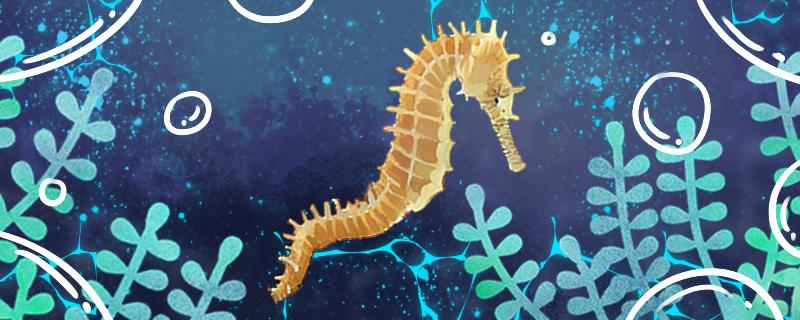 1. Is the seahorse an amphibian
1. Is the seahorse an amphibian The seahorse is not an amphibian, but a fish. Amphibians generally have two forms: larval and adult. They breathe with gills during larval period and live in water. After metamorphosis and development, adult amphibians breathe with lungs. The hippocampus lives in water all its life, has no metamorphosis and development process, and always breathes with gills. Moreover, it has fins, so it is a kind of fish, but its shape is different from that of common fish.
2. What are the habits of hippocampus1. Activity: Hippocampus generally likes to inhabit places with more algae. Because it is lazy, it usually attaches to the stems and branches of algae with the help of curly tail, so as to avoid being washed away by water flow. When you need to forage, you will leave the seaweed temporarily, but after swimming for a while, you will find a new place to reattach.
2. Predation: Hippocampus mainly eats copepods, which are very sensitive to the fluctuation of water lines. Once enemies are found approaching, they will swim quickly. Because the body structure of hippocampus is not conducive to fast swimming, they need to approach their prey quietly and then attack quickly, and the success rate of this method can reach more than 90%.
3. Production: The hippocampus breeds from May to August every year. Unlike all other animals, the hippocampus is a male offspring. The female seahorse will release the egg into the abdominal sac of the male seahorse, and then the male seahorse will fertilize it. The fertilized egg will stay in the belly of the male seahorse until hatching, and will not be released after hatching.